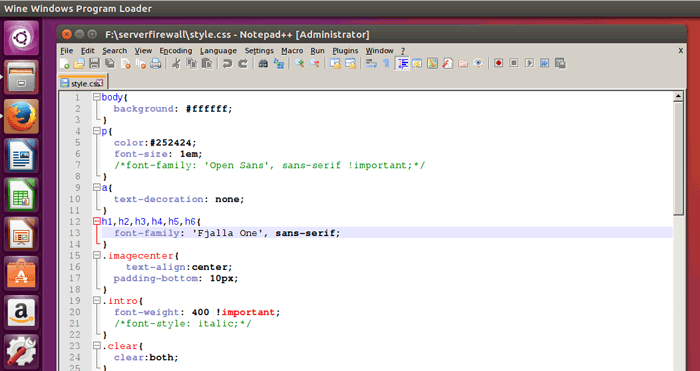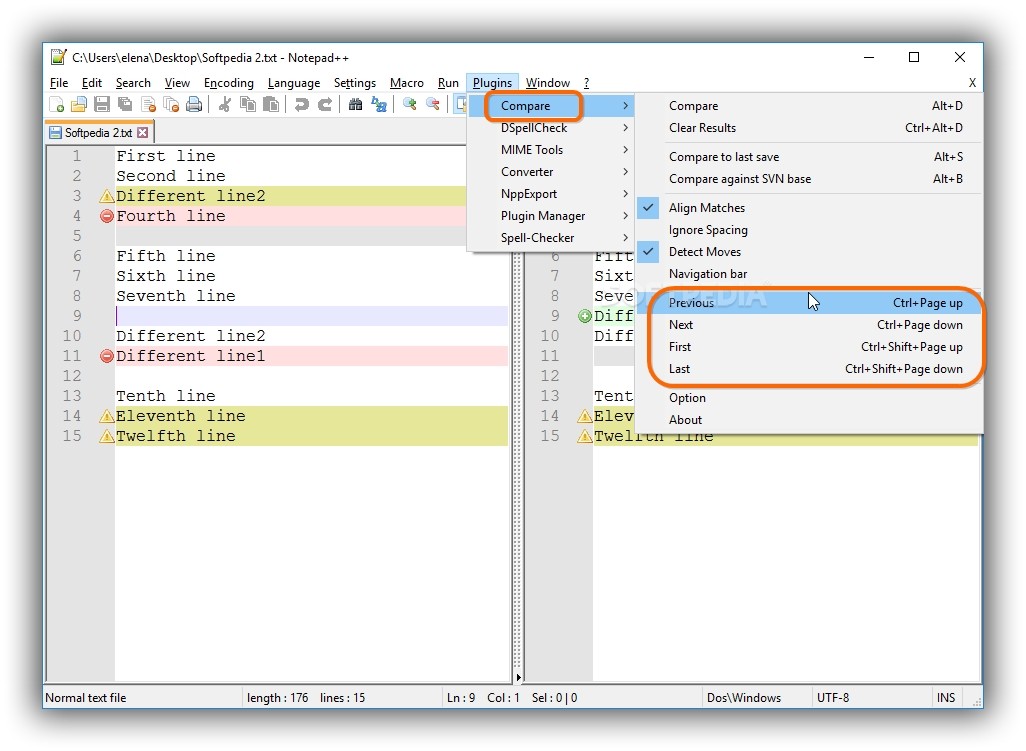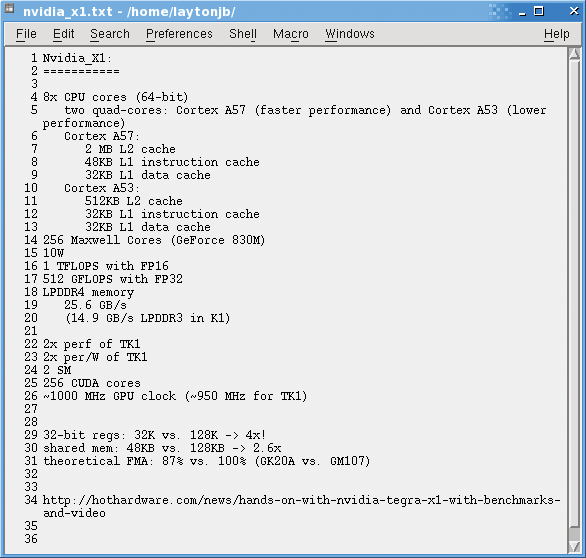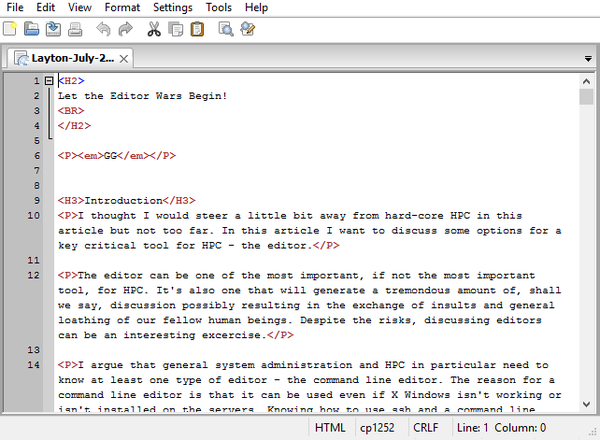


First, every regex flavor is different, and I didn't want to crowd the page with overly exotic syntax. The tables are not exhaustive, for two reasons. I encourage you to print the tables so you have a cheat sheet on your desk for quick reference.

(It you want a bookmark, here's a direct link to the regex reference tables). While reading the rest of the site, when in doubt, you can always come back and look here. /var/log/yum.The tables below are a reference to basic regex./var/log/kern.log - stores all kernel log information./var/log/dpkg.log - stores all dpkg activities./var/log/cron.log - stores all cron job activities./var/log/boot.log - stores all bootup messages from the initialization script./var/log/auth.log - stores system authorization information such as user logins and requests for privileged access./var/log/audt/audit.log - stores audit information.

For troubleshooting operating system and service issues, you can rely on /var/log to have all relevant data. Most log files on Linux can be found in the /var/log directory, but some desktop applications have their logs stored in a different place. To be able to see the files, you need to be logged in as root user - the account that has access to all parts of the system. If you wish to read log files on Linux (or another Unix-like operating system), you can do it from the command line. How Can I Read Log Files on a Linux Computer? Unfortunately, handling log files with TextEdit isn’t as intuitive or simple as with Notepad++ for Windows, which is why many users who switch from Windows to Mac resort to other methods. The folder called ~Library/Logs shows the user-specific application log folder for the currently logged-in user, and you can access other users’ data by logging out, signing in as another user, and reopening the Console app.įinally, you can handle log files as you would any other text file and access them via a text editor like TextEdit. The System Reports folder contains information about all system applications, while you can find user application logs in the User Reports folder. The default screen shows console errors, but you can go through other folders for other reports. The Console app is basically the Mac version of Event Viewer for Windows, and you can access it via Finder or Spotlight search.


 0 kommentar(er)
0 kommentar(er)
